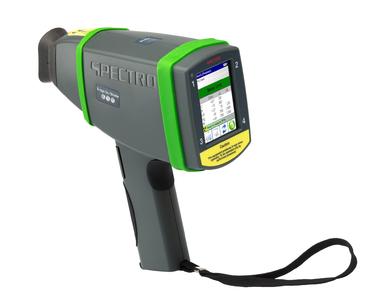
Thus, we concluded that we have enough evidence at 0.01 significance level to support the claim that the YSORT method is effective in increasing the likelihood that a baby will be a boy. the test statistic needed to test this claim= 10.92Ĭritical value ( one-tailed) for 0.01 significance level =ĭecision : Since Test statistic value (10.92)> Critical value (2.326), so we reject the null hypothesis.

In a preliminary test of the XSORT method of gender selection, 14 births included 13 girls. Assume that the data consists of 55 girls born in 100 births, so the sample statistic of 0.55 results in a z-score that is 1.00 standard deviation above 0. When testing a method of gender selection, we assume that the rate of female births is 50, and we reject that assumption if we get results that are unusual in the sense that they are very unlikely to occur with the 50 rate. Test statistic :, where n is sample size, is sample proportion and p is the population proportion. (10 points) A 0.05 significance level is used for a hypothesis test of the claim that when parents use the XSORT method of gender selection, the proportion of baby girls is different from 0.5. Since is right-tailed, so the hypothesis test is a right-tailed z-test.Īlso, it is given that, the sample size : n= 291 I.e The population proportion of giving birth to a boy = 0.5 We know that the probability of giving birth to a boy : p= 0.5 D., Sweeting, H., and Browitt, A.Answer: The test statistic needed to test this claim= 10.92 Use the given claim and the preliminary results to calculate the value of the test statistic. xSORT Method of Gender Selection When testing a method of gender selection, weassume that the rate of female births is 50, and we reject that assumption if. Preliminary results from a test of the XSORT method of gender selection involved 100 couples who gave birth to 58 girls and 42 boys. Item Type:īrowitt, Ms Alison and Sartania, Dr Nana and McClure, Dr John and Sweeting, Dr Helen Example Lets again consider the claim that the XSORT gender selection method increases the likelihood of having a girl. UKCAT has a modest predictive power for overall course performance at the University of Glasgow Medical School over and above that of school science achievements or pre-admission interview score and we conclude that UKCAT is the most useful predictor of final ranking.

UKCAT showed less socio-demographic variation than did TSS. School science achievements predicted EPM (p = 0.009) pre-admissions interview score predicted neither. In a test of the XSORT method of gender selection, 574 babies are born to couples trying to have baby girls, and 525 of those babies are girls (based on data from the Genetics \& IVF Institute). In a test of a gender-selection technique, 150 couples each have one baby. In mutually adjusted analyses (also adjusted for socio-demographic confounders), only UKCAT total showed independent relationships with both EPM (p = 0.005) and H&C (p = 0.004). An education expert is researching teaching methods and wishes to. Analyses were conducted both with and without adjustment for potential socio-demographic confounders (gender, age, ethnicity and area deprivation).ĭespite its predictive value declining as students progress through the course, UKCAT was strongly associated with the final composite scores.

We examined the associations which UKCAT scores, school science grades and pre-admissions interview scores had with performance indicators, particularly final composite scores that determine students' postgraduate training opportunities and overall ranking (Educational Performance Measure - EPM, and Honours and Commendation - H&C). This was a retrospective observational study of one cohort of students, admitted to Glasgow Medical School in 2007. Lets again consider the claim that the XSORT method of gender selection increases the likelihood of having a baby girl. This longitudinal study examines the predictive validity of UKCAT for final performance in the undergraduate medical degree programme at one Medical School and compares this with the predictive validity of the selection measures available pre-UKCAT. The UK Clinical Aptitude Test (UKCAT) and its four subtests are currently used by 26 Medical and Dental Schools in the UK for admissions.


 0 kommentar(er)
0 kommentar(er)
